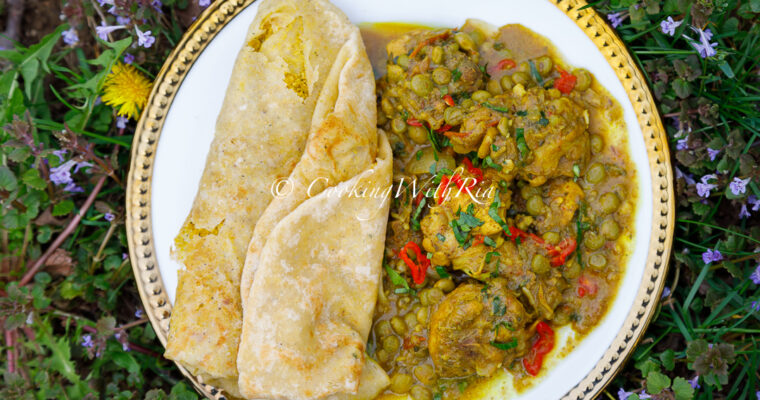The Ramayan holds a central place in Trinidad’s Hindu community and has had a profound impact on the cultural and religious life of Indo-Trinidadians. Brought to the island by indentured laborers from India between 1845 and 1917, the Ramayan is a Hindu epic that narrates the life and adventures of Lord Rama, his wife Sita, and their struggle against the demon king Ravana. Its recitation and study form a core aspect of Hindu spiritual practice in Trinidad, especially during religious festivals and community gatherings.
Historical Context and Arrival in Trinidad
The arrival of Indian indentured laborers in Trinidad from northern India, particularly regions like Uttar Pradesh and Bihar, brought with it a rich cultural and religious heritage. Many of these laborers were devout Hindus, and they carried the Ramayan in its various forms, such as the Tulsidas Ramcharitmanas (a popular version of the Ramayan in Awadhi, written by the poet Tulsidas), with them as a means of preserving their spiritual and cultural traditions.
Despite the hardships of plantation life, the Ramayan became a source of strength, unity, and moral guidance for the Indian community. It was commonly recited in the homes and temples (mandirs) of the indentured laborers, serving as a way to maintain their faith and cultural identity while being far from their homeland.
Importance in Trinidadian Hinduism
The Ramayan has evolved into one of the most beloved and widely revered scriptures among Trinidadian Hindus. Its themes of duty (dharma), righteousness, and the triumph of good over evil resonate deeply with the community. Weekly readings and Ramayan Satsangs (gatherings for devotional singing and discourse) are held in homes and temples across the island, and during religious festivals like Ram Navami (the birthday of Lord Rama), elaborate readings and celebrations are organized.
The epic has also found its place in the wider Caribbean Hindu diaspora, with Indo-Caribbean Hindus continuing the tradition of reading and interpreting the Ramayan, especially during times of social or personal challenges. Its stories serve as moral parables, providing guidance on issues like family relationships, loyalty, and ethical conduct.
Religious Practices and Ramayan in Festivals
One of the major highlights of the Ramayan’s role in Trinidad is during the celebration of Ramleela, a dramatic reenactment of the events of the Ramayan, particularly the battle between Lord Rama and Ravana. Ramleela is an open-air theatrical performance that takes place in various communities throughout Trinidad during the festival of Navratri and is attended by both Hindus and non-Hindus alike. The event brings together the entire community to participate in the telling of this sacred story.
Yagnas (fire rituals), which are common in Trinidadian Hinduism, also feature extensive readings from the Ramayan. These ceremonies are often held in community spaces and temples, lasting for days, with the recitation of key episodes from the Ramayan as part of the religious proceedings.
Cultural Adaptation in Trinidad
The Ramayan in Trinidad is often read in the form of the Ramcharitmanas, written in the Awadhi dialect. However, over time, the teachings of the Ramayan have been adapted and translated into the Trinidadian cultural context. Many pandits (Hindu priests) in Trinidad give discourses in a mix of English and local dialects, making the lessons of the Ramayan more accessible to younger generations who may not speak Hindi or Awadhi fluently.
The Ramayan’s influence extends beyond religious settings into the social and moral fabric of Indo-Trinidadian society. Its stories are frequently cited in speeches, community events, and even in personal advice, offering lessons on perseverance, morality, and faith.
Contemporary Role
In modern Trinidad, the Ramayan remains a central religious text, studied not only for its spiritual content but also for its literary and cultural significance. While the Hindu community has seen generational shifts and modern influences, the Ramayan continues to be a cornerstone of Hindu practice. Many cultural organizations, temples, and schools teach the Ramayan, and annual competitions in Ramayan chanting and singing, particularly during festivals like Divali and Phagwa, keep this tradition alive.
Additionally, with the rise of media, Trinidadian Hindus can now access interpretations and recitations of the Ramayan online, through radio, and television broadcasts, ensuring its continued relevance in both rural and urban areas.
Conclusion
The Ramayan is not just a religious text for Trinidadians of Indian descent; it is a cultural and social cornerstone that binds the community together. From religious festivals to everyday practices, the epic’s teachings offer timeless lessons that resonate across generations, helping preserve the Indo-Trinidadian identity while fostering a sense of shared cultural heritage. As the Indo-Trinidadian community continues to evolve, the Ramayan remains a cherished link to their ancestral past and a guiding light for the future.
References
- Tulsidas. Ramcharitmanas. Gita Press, Gorakhpur.
- Ramesar, Marianne. Indian Arrival and Cultural Retention in Trinidad. Caribbean Quarterly.
- Ramleela in Trinidad and Tobago. Trinidad and Tobago Guardian.










